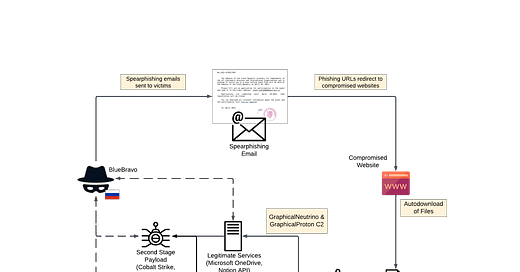Bluepurple Pulse: week ending August 6th
When is a breach considered detected? SEC clocks start ticking then..
Welcome to the weekly highlights and analysis of the blueteamsec subreddit (and my wider reading). Not everything makes it in, but the best bits do.
Operationally this week nothing overly of note just the usual tempo of activity.
In the high-level this week:
The UK has published its National Risk Register 2023 - lots of cyber discussed.
CISA Released its Cybersecurity Strategic Plan - has three enduring goals
Address Immediate Threats
Harden the Terrain
Drive Security at Scale
US Senate passes annual defense bill, teeing up showdown with House - directs the Defense Department to ask the National Academy of Public Administration to assess establishing a seventh, cyber-specific military service.
FACT SHEET: Biden-Harris Administration Announces National Cyber Workforce and Education Strategy, Unleashing America’s Cyber Talent - a first-of-its-kind comprehensive approach aimed at addressing both immediate and long-term cyber workforce needs
Keep reading with a 7-day free trial
Subscribe to Cyber Defence Analysis for Blue & Purple Teams to keep reading this post and get 7 days of free access to the full post archives.



